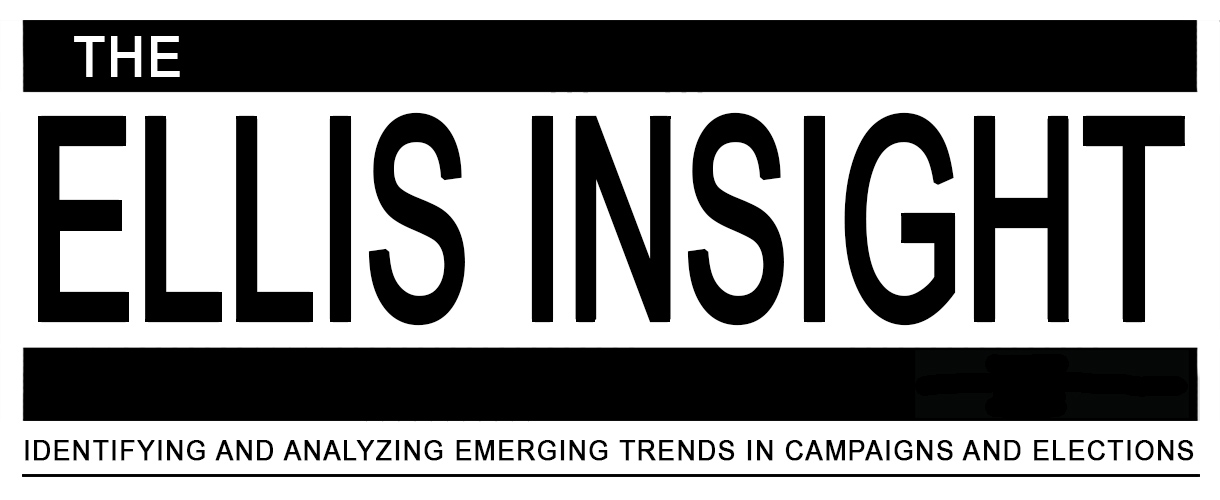By Jim Ellis
March 1, 2017 — Much is being made about President Trump’s early job approval ratings. Almost across the board, they are low, and particularly so for a new national chief executive, which has naturally attracted media attention.
In their late February report about political polarization, the Gallup polling organization, which began testing presidential job approval back in the Truman Administration and has regularly continued the practice ever since, argues that polarization among the self-identified Republicans and Democrats is a major obstacle for President Trump to overcome. They further make the point that this is not a new phenomenon, as partisan approval polling detected similar numbers for presidents Barack Obama and George W. Bush.
The Gallup analysis, on and around the Feb. 20 time frame, found President Trump’s job approval rating to be 42 percent. When they looked at the two previous presidents, also hitting 42 percent approval rating at certain points in their own presidencies, Gallup found the level of partisan support and opposition among Democrats and Republicans for the president of their own party was virtually identical.
